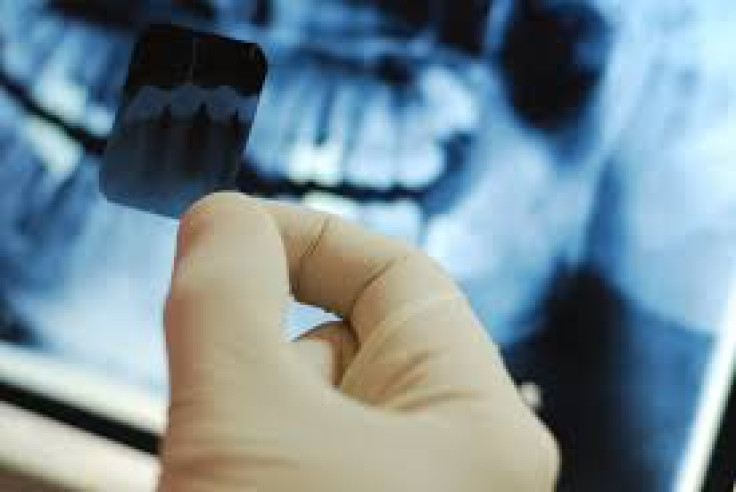Dental X-rays increase cancer risk

A collaborative study by scientists from the UK and Kuwait found that the risk of the cancer rose with increasing numbers of dental X-rays.
The research team, whose findings have been published in Acta Oncologica, 2010, called for further studies using dental X-ray records.
In their study, they also highlighted concern that dental X-rays should only be prescribed when the patient has a specific clinical need, and not as part of a routine check-up.
The team said that the thyroid gland which is situated in the neck, is known to be sensitive to ionising radiation (especially in children) and dental radiography is often overlooked as a potential hazard to the gland.
About 1900 new cases of thyroid cancer are diagnosed each year in Britain and the incidence rates more than doubled between 1975 and 2006.
Researchers, led by Dr Anjum Memon, of the Brighton and Sussex Medical School, said the increasing use of sensitive diagnostic techniques is not believed to associate to the rise of cancer risk and that other causes warrant investigation.
The team studied 313 thyroid cancer patients in Kuwait where the numbers of thyroid cancer are relatively high compared to Britain.
They said the results of their work, although the largest case-control study on the subject, should be treated with caution because the data was based on self-reporting by the participants and comprehensive historical dental X-ray records were not available from the clinics.
But Dr Memon said the findings were consistent with previous reports of increased risk of thyroid cancer in dentists, dental assistants and X-ray workers, suggesting multiple low-dose exposures in adults may be important.
And he added that dental X-rays have also been linked with an increased risk of brain and salivary gland tumours.
He said that thehe public health and clinical implications of these findings are particularly relevant in the light of increases in the incidence of thyroid cancer in many countries over the past 30 years.
'It is important that our study is repeated with information from dental records including frequency of X-rays, age and dose at exposure.
'If the results are confirmed, then the use of X-rays as a necessary part of evaluation for new patients, and routine periodic dental radiography, at six to 12 months interval, particularly for children and adolescents, will need to be reconsidered, as will a greater use of lead collar protection.'
The research was funded by the Kuwait Foundation for the Advancement of Sciences (KFAS) and was administered by the Kuwait University Research Grant Administration.











